Sony Alpha A900 Digital SLR Review
Sony Alpha A900 Digital SLR
We take a look at Sony's 24.6MP full-frame flagship digital SLR

Verdict
Key Specifications
- Review Price: £1500.00
Just like the rest of the digital camera market, the digital SLR market itself is divided into several different categories. At one end you have the entry-level consumer DSLRs such as the Canon EOS 1000D (£400), Pentax K-m (£380) or Sony Alpha A200 (£270), while at the other end you have a small number of serious top-end professional cameras, such as the Canon EOS-1DS MkIII (£4900) and the Nikon D3x (£4800, review coming soon). In between these extremes there is a range of models aimed at photographers of intermediate skill, ambition and wealth. Most “semi-pro” photographers will choose a high-end APS-C camera such as the Canon EOS 50D (£790), Nikon D90 (£675), Sony A700 (£650) or Pentax K20D (£575), but for those wanting even higher quality there is another option; a compact full-frame DSLR.
Offering the same image quality and lens compatibility advantages as the D3x or EOS-1DS but in a smaller body and at a much lower weight, these are still serious cameras and are aimed primarily at professional photographers, however for the more affluent enthusiast they are a tempting proposition. Until quite recently the compact full-frame market consisted of just one model, the popular and long-serving Canon EOS 5D, launched before I started working for TR and only recently discontinued. However there are now a couple of other choices available. Canon has its EOS 5D MkII (£2100), Nikon has the D700 (£1750), but perhaps the most interesting is today’s review camera, the Sony Alpha A900, launched in September last year and currently selling for around £1500 body-only. I’m not sure that a grand and a half for a camera can ever be considered good value, but it costs significantly less that its main rivals.
Although by type it is called a compact full-frame camera, there nothing particularly small about the Sony A900. The body measures 156.3 x 116.9 x 81.9mm, slightly larger than the EOS 5D MkII in all dimensions, and at a hefty 850g minus battery, memory cards or lens it’s approximately 40g heavier than the Canon too. It’s also quite a bit larger than the D700, although the environmentally-sealed Nikon is considerably heavier at 995g. The weight reflects the camera’s robust build quality, because the A900 is designed for hard-working professional use, with a three-part magnesium alloy body over a high tensile aluminium chassis. The mirror box is carbon fibre reinforced polycarbonate resin, and the shutter mechanism is designed to last for at least 100,000 use cycles. The hatches and controls are sealed against dust and moisture, but it lacks the claimed splash resistance of some competing models.
The layout of the A900’s body is, not too surprisingly, very similar to the Alpha A700; in fact the rear panels are all but identical, with the same array of controls around the big three-inch 921k LCD monitor. The A900 also shares the A700’s highly versatile control interface, and for a professional camera it is surprisingly easy to use. Main shooting functions such as white balance, ISO setting, drive mode and exposure compensation can be accessed via and well-separated dedicated buttons on the top panel (designed to be usable while wearing gloves), or via the joystick-controlled graphic menu, along with Dynamic Range Optimiser options, Creative Styles, metering and AF options and of course image size and quality. Changes from the A700 include the addition of a small and not terribly useful LCD data display on the top panel, while on the main mode dial the A700’s selection of programmed scene modes have been replaced with three user-defined custom settings. Personally I find the Sony control system to be far simpler and quicker than the rather fiddly controls of the EOS 5D MkII.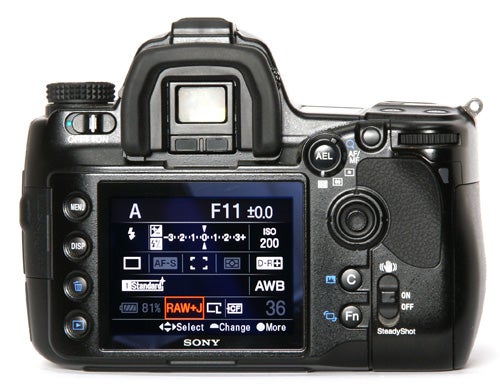
Like all professional cameras the A900 offers a huge amount of creative control. It has shutter speeds from 30 seconds to 1/8000th of a second (as do the EOS 5D MkII and D700), ISO settings from 100 the 6400 in 1/3EV increments, and a versatile selection of Creative Style picture options. There are 13 pre-sets of which six can be selected for quick access. All of the pre-sets can be customised with adjustments for contrast, saturation, sharpness, brightness and “zone”, which sets parameters to avoid under or over-exposure when shooting light or dark subjects. As well as this there are separate options for long exposure and high-ISO noise reduction, with the latter having three strength settings, which will be welcomed by the more demanding professionals.
Also in common with other professional DSLRs the A900 has several options for JPEG and Raw mode shooting, including a compressed Raw format, as well as Raw + JPEG and three JPEG mode image size options. This is just as well, because the A900’s huge maximum image size (6048 x 4032 pixels) can produce enormous file sizes. Shooting in uncompressed Raw + JPEG mode, as many photographers will prefer to do, can use up around 45MB per shot, so a freshly-formatted 2GB CompactFlash card is only enough for 57 shots. Fortunately the A900 has two card slots, one for Sony’s proprietary Memory Stick Duo format, and it is possible to select to which card a particular image will be stored, but you’re still going to need a lot of storage capacity if you’re planning an extended shooting trip.
The A900 has so many features that I don’t have room here to cover more than the highlights without this review turning into a sales brochure, but I really must make special mention of the viewfinder. Other reviewers have raved about it, and I find myself in complete agreement. I’ve been using the A900 a lot over the past few weeks, and going back to my own Alpha A100 is like watching TV after a night out at an IMAX cinema. The viewfinder uses a high-quality optical glass pentaprism and has 100 percent frame view. It also has dioptre adjustment, a flip-up shutter to prevent light entry on long exposures, a large well-cushioned surround and a proximity sensor that turns off the monitor when the camera is raised to your eye. The designers have had to do some clever mechanics with the larger-than-normal reflex mirror to get it to fit inside the body, but the result is unquestionably one of the best viewfinders I’ve ever used.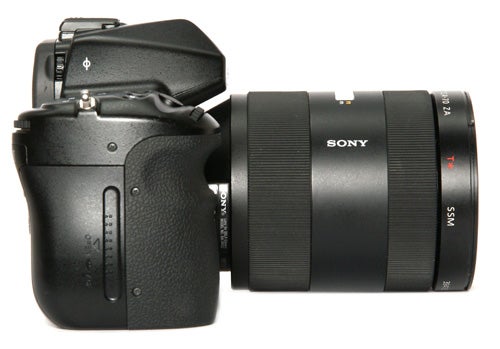
Like the EOS 5D MkII the A900 has no built-in flash. It has a hot-shoe for mounting an external flashgun, but it’s worth remembering that Sony uses Minolta’s old hot-shoe mount, which is a different shape to the ones used by every other camera manufacturer, so if you have a third-party flash you’ll need an adaptor to use it on this camera. Also included is a wireless flash trigger which is compatible with Sony’s accessory F36, F42, F56 and F58 flashguns.
One of Sony’s stand-out features is the Dynamic Range Optimiser, first introduced on the A100, and considerably refined over the past few years. The DRO system automatically adjusts the tone curve of the image in high-contrast situations to help retain shadow detail and avoid burned-out highlights. The DRO on the A900 is the most sophisticated version yet, with two automatic settings and an advanced manual option that offers five levels of adjustment. There are many similarly-named systems on other manufacturer’s cameras, but in my experience Sony’s is generally the most effective. Shooting in my usual dimly-lit car park the higher manual settings produced a result that matched closely to the naked-eye appearance without adversely affecting picture quality, while in real-world high-contrast shots the automatic settings produced outstanding dynamic range comparable to high-quality slide film. The A900 has by far the best dynamic range response of any digital SLR that I’ve yet seen.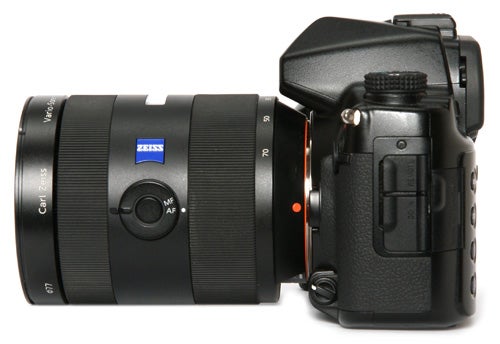
Sony’s other key feature is the Super Steady Shot sensor-shift image stabilisation system. Sony inherited this technology from Minolta, and has included it on all the other Alpha system DSLRs as well as some of its compact cameras. However the big full-frame sensor is much heavier and consequently harder to move around than and APS-C sensor, which might have caused some technical problems, but these seem to have been overcome, because the IS system works very well, allowing shake-free hand-held shooting at 1/15th of a second with the 24-70mm f/2.8 zoom lens, and around 1/200th of a second with the 500mm f/8 reflex lens that I was also testing.
One slight problem I did encounter with the big 500mm lens was a significant amount of mirror vibration, camera shake caused by that big reflex mirror moving up and down. The A900 has a mirror-up feature on the two-second self timer, and this combined with a cable release provided a solution to this problem. The A900 also comes with an infrared remote control as standard.
One of the A900’s main selling points is its high-speed performance, provided by dual Bionz image processors and on-chip parallel A/D conversion. In all shooting modes including uncompressed Raw + JPEG it can shoot at a blistering five frames a second, which is crucially one frame per second faster than the EOS-5D MkII. The image buffer is large enough for only 10 frames in both of the Raw + JPEG modes and 11 frames in Extra Fine JPEG mode, but in Fine JPEG it shoots up to 105 frames before pausing, which is pretty impressive.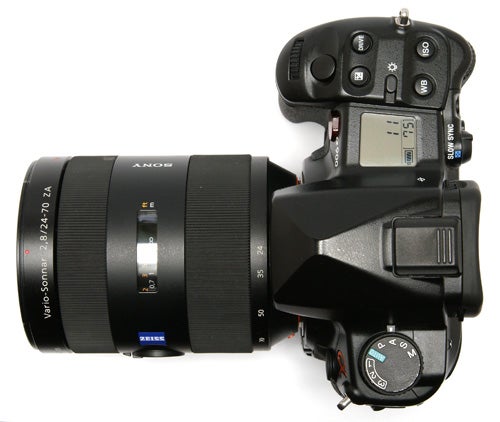
The A900 has a new autofocus system featuring nine AF points including a dual-cross centre spot and an additional 10 “autofocus assist” sensors, which apparently help to detect lack of focus and reduce focusing time. As a result the AF system is exceptionally fast and very accurate. Unusually for a DSLR the A900 is equipped with a very bright and highly focused AF assist lamp that projects a pattern of lines onto subjects in low light conditions, enabling it to focus in total darkness at a range of several metres, but even without this feature its low-light focusing is very good.
One of the biggest advantages of a full-frame DSLR is that the huge sensor allows much bigger photocells, with correspondingly greater light-gathering capability, which in turn means greater colour depth, wider dynamic range and less image noise. Of course cramming on more photocells does counteract this to some extent, but the 35.9 x 24mm sensor is so big that even with a 24.6 million photocells the size of the individual sensor cells is still larger than those of the A700.
I’ve already praised the A900’s excellent dynamic range, and in terms of sheer detail there’s no question that it can out-perform anything else on the market, short of a medium-format studio camera. Combined with the outstanding Carl Zeiss T* 24-70 f/2.8 lens the A900 produces noticeably finer detail and richer colours than the Canon EOS 5D MkII, although how it fares against the Nikon D700 I’ll have to wait and see.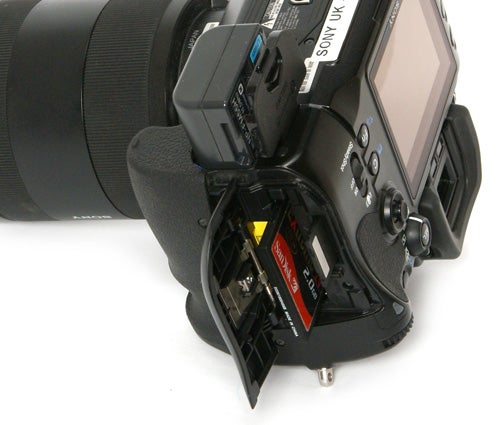
The only criticism that can really be laid against it is that at higher ISO settings in JPEG mode with the default noise reduction settings, the images are a little noisy over 800 ISO. Hoever at lower settings, and especially when shooting in Raw mode and processing the images in Adobe Camera Raw, the preferred workflow of most professional and enthusiast photographers, the A900 produces some of the best images I’ve yet seen from a digital camera. Turn to the sample shots on the following pages to see some of the results I’ve managed to get from it.
”’Verdict”’
The Sony Alpha A900 is an immensely impressive camera, equalling or surpassing its few rivals in almost every criterion with a combination of superb build quality, blistering performance and class-leading image quality. It would suit any advanced enthusiast or a professional who wants a lighter alternative to a D3x or EOS-1D.

”Over the next few pages we show a range of test shots. On this page the full size image at the minimum and maximum ISO settings have been reduced to let you see the full image, and a series of full resolution crops have taken from original images at a range of ISO settings to show the overall image quality. These were shot in Raw mode and then converted using Adobe Camera Raw, with 25 percent chroma noise reduction. ”
—-

This is the full frame at 100 ISO.
—-
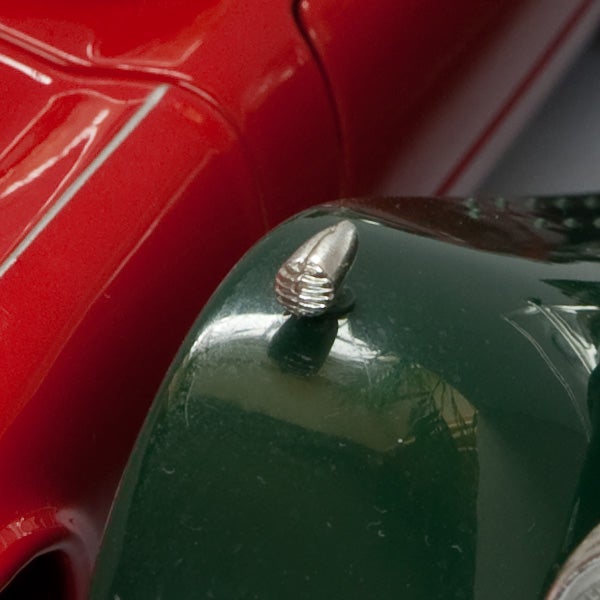
Not too surprisingly, flawless image quality at 100 ISO.
—-

No noticeable difference at 200 ISO.
—-

there is a little noise grain showing through at 400 ISO, but it’s not enough to cause a problem.
—-
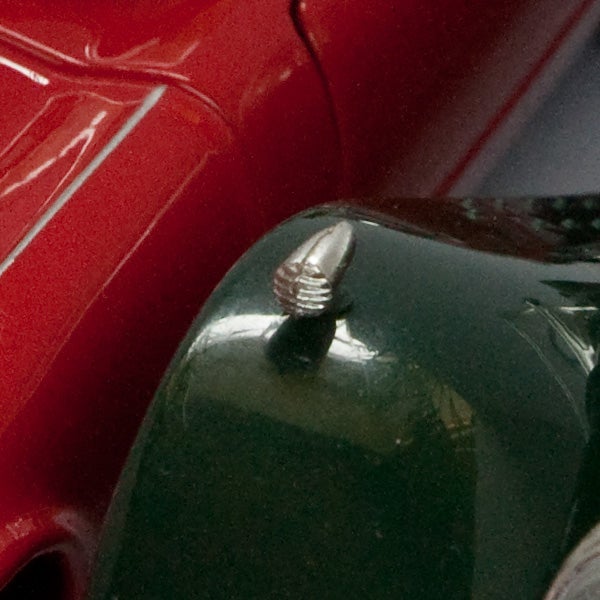
Slightly more texture at 800 ISO, but the effect is not dissimilar to film grain.
—-
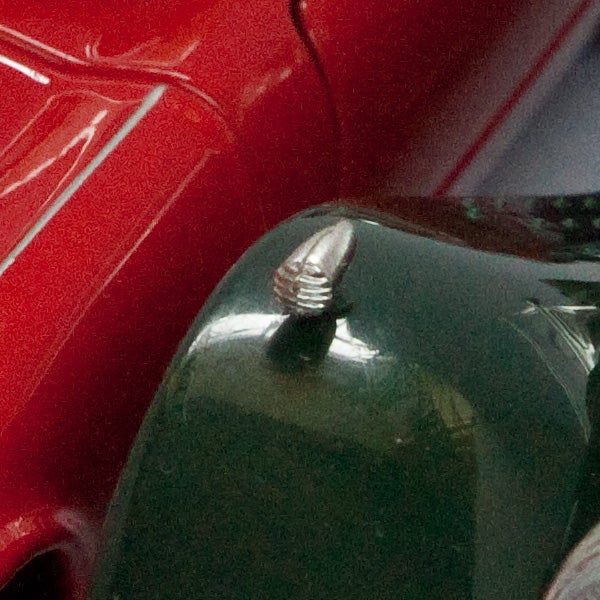
There’s a little colour noise creeping in at 1600 ISO, but overall quality is still good.
—-
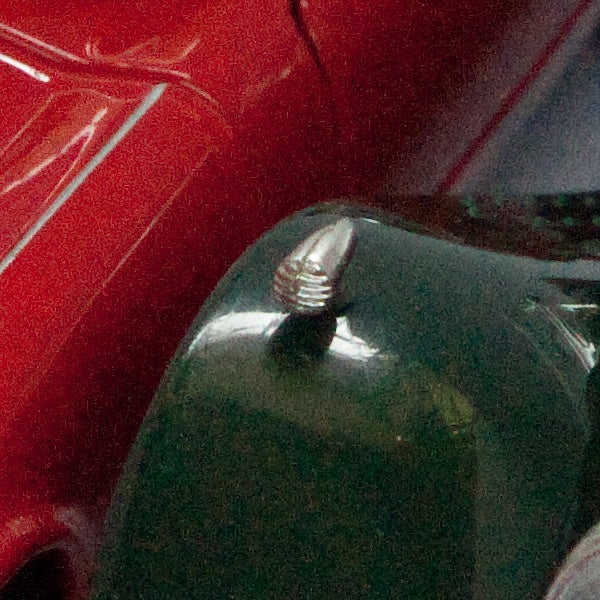
Noise is now very visible at 3200 ISO.
—-

Image quality at 6400 ISO is not as good as some rivals, notably the Canon EOS 5D MkII.
—-
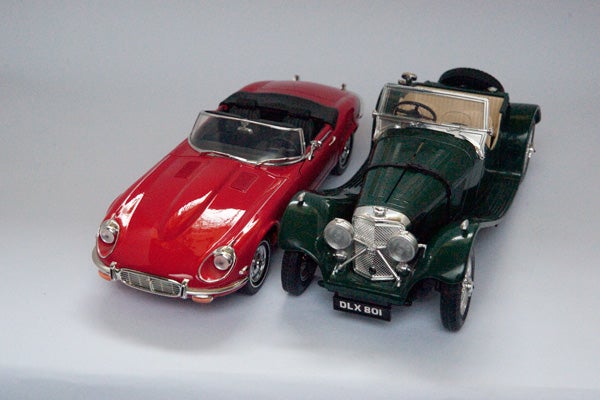
This is the full frame at 6400 ISO.
—-
”A range of general test shots are shown over the next two pages. In some cases, the full size image has been reduced for bandwidth purposes, and a crop taken from the original full resolution image has been placed below it to show the overall image quality. Some other pictures may be clicked to view the original full-size image. ”
—-
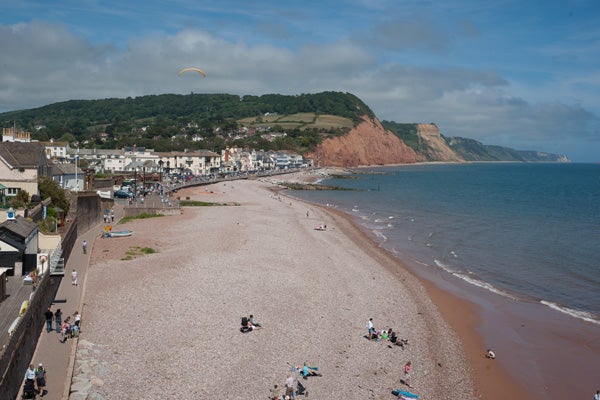
Here’s my usual DSLR test shot of the semi-tropical paradise of Sidmouth. Unfortunately I was not able to include a downloadable full-size version, since at around 13MB it would have overloaded our bandwidth.
—-

Here’s a full-scale crop from the above image. Compare this with the similar shot from the EOS 5D MkII.
—-

With the Dynamic Range Optimiser set on Advanced Auto, the results are very good, reminiscent of good slide film. This street was mostly in deep shadow, while the further walls were brightly lit.
—-

The fast AF system, built-in image stabilisation and a 500mm f/8 reflex lens make the A900 a good choice for bird and wildlife photography.
—-
”Here are some general test shots to help evaluate the camera’s overall image quality, including the zoom range of the lens. Some pictures may be clicked to download the full size original image.
—-

Lake Annecy in Eastern France near the Swiss border.
—-

My brother and I did a little climbing while we were there, bur I made him carry the camera. This is the view from about 1500m.
—-
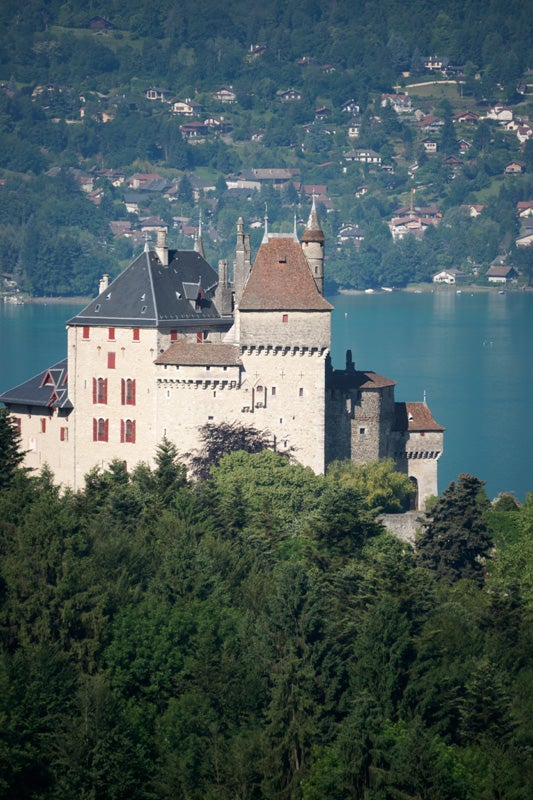
Nice house, but I wouldn’t want their heating bill in the winter. This was shot using the 500mm reflex telephoto lens.
—-
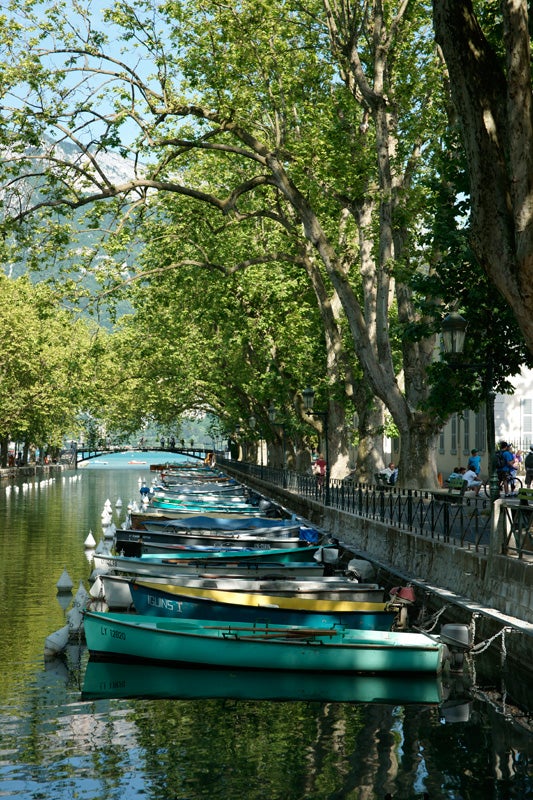
The A900’s colour reproduction is stunning, even in the default Standard colour mode.
—-
Trusted Score
Score in detail
-
Value 9
-
Image Quality 10
-
Build Quality 10
Features
| Camera type | Digital SLR |
| Megapixels (Megapixel) | 24.6 Megapixel |
| Optical Zoom (Times) | Not Applicablex |
| Image Sensor | CMOS |
| Image Stabilisation | Optical |
| LCD Monitor | 3 in |
| Flash modes | Accessory Shoe, Auto Flash, Flash ON |
| Memory card slot | CompactFlash (CF) Card, Microdrive, Memory Stick Duo, Memory Stick PRO Duo, Memory Stick PRO-HG Duo |

